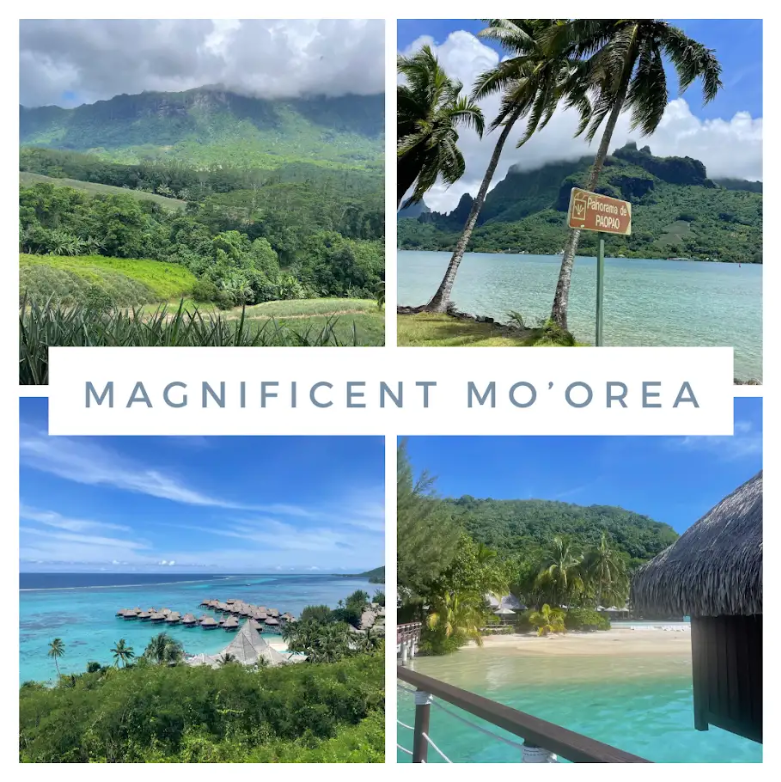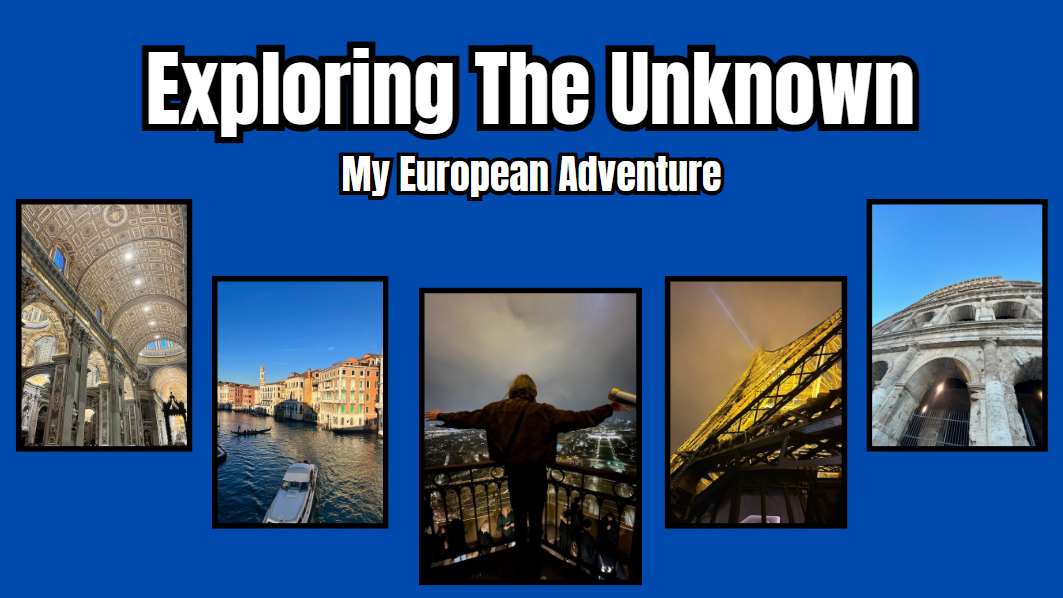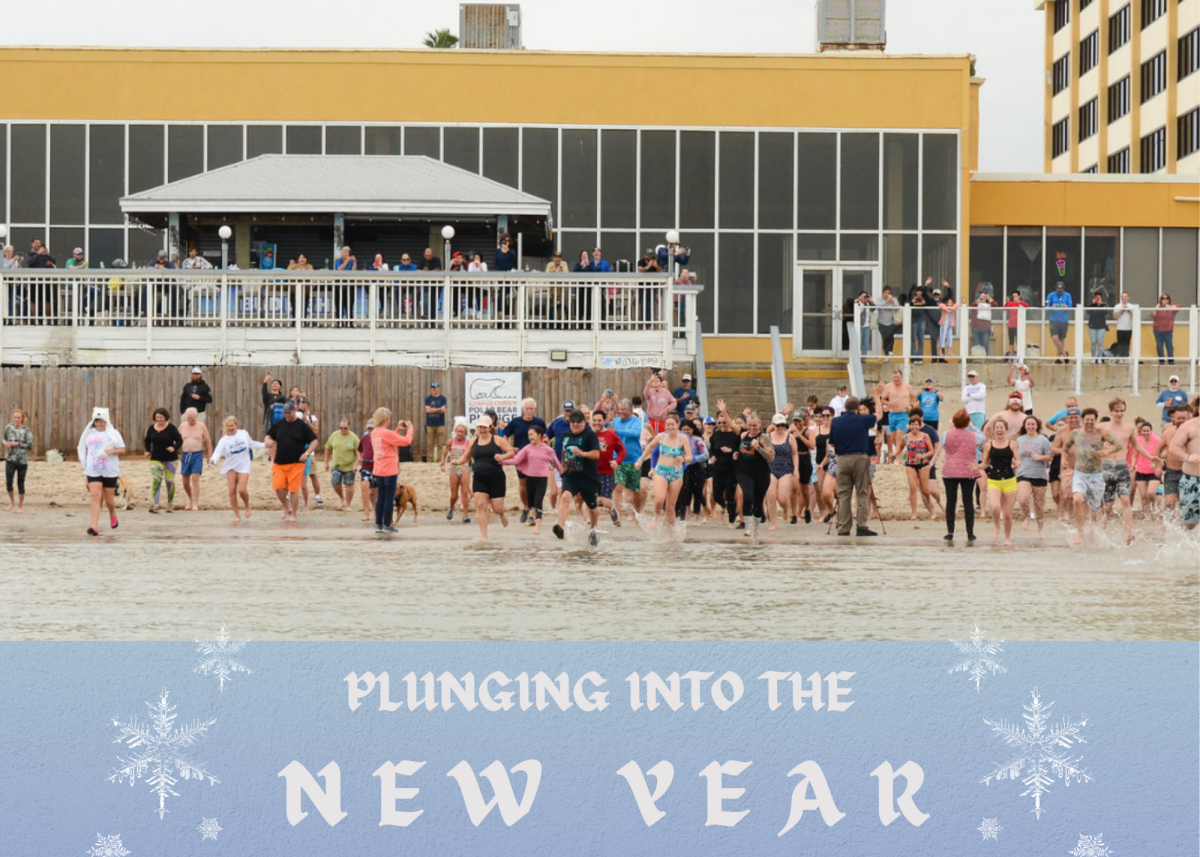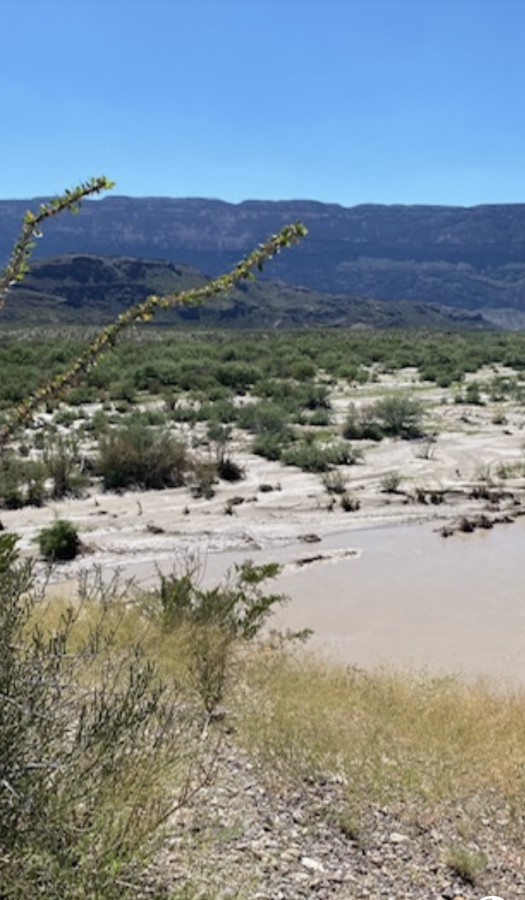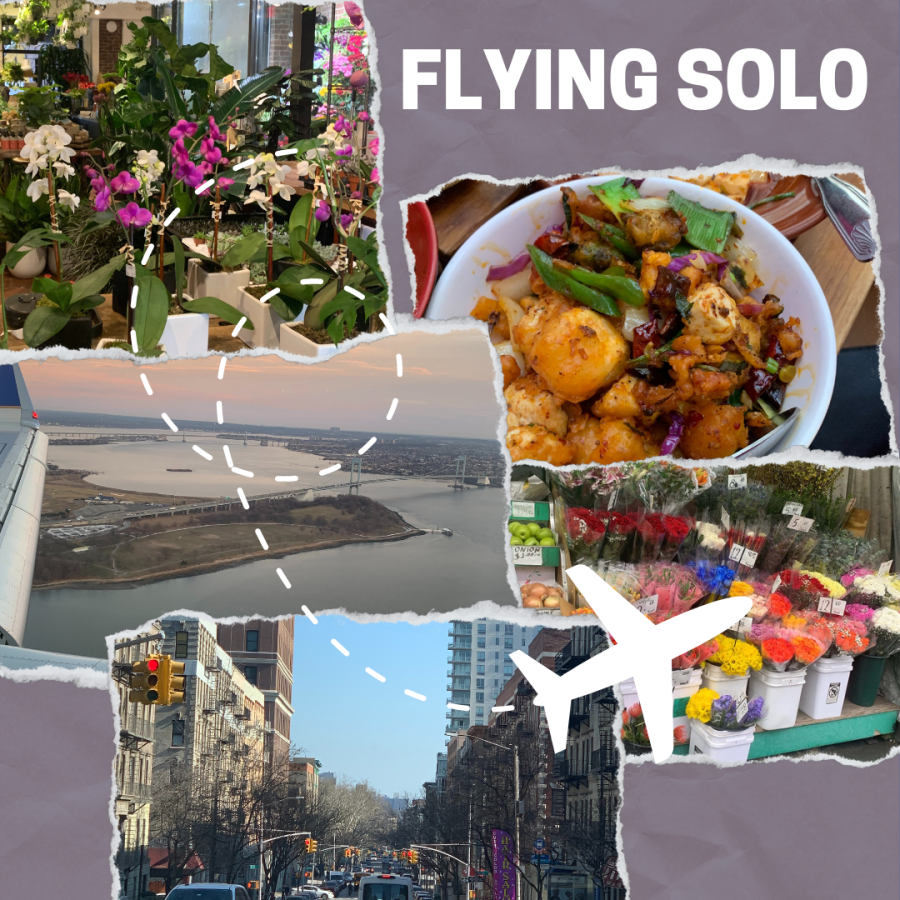Imagine dipping your toes into sparkling, crystal clear waters, colorful tropical fish flitting around your feet, coral reefs resting beneath in the waves. The sun shines gently on your face as you take a bite of the most delicious pineapple you’ve ever tasted, fresh off the local pineapple farm. A cultural show plays in the distance with beautiful music and captivating dancing that you have never seen before. And look! A manta ray swims beneath the waters, gliding along the pristine sand just a few feet away. But where could this paradise be? Only the French Polynesian island of Mo’orea, of course.
Where in the World?
Over Spring Break I had the privilege to take a trip to Mo’orea, a small yet luxurious island right off the coast of Tahiti. The island has a circular road around the perimeter that is only 37 miles long, and it takes about an hour to get around the whole territory. That’s how small this beautiful place was! Mo’orea is about 2,600 miles south of Hawaii, on the southern side of the Equator. Therefore, the seasons are opposite here than in America, so it was nearing the end of their summer season, versus us about to begin our summer season. The temperatures when I visited were high 80s during the day and 70s at night, the perfect climate for a dip in the ocean. However, the high humidity in this region meant that everyone was consistently soaked in sweat, a condition that caused the native Polyneisans to have the clearest, smoothest skin. I didn’t see a single person with any acne (which was also probably due to the fresh foods they consumed, no processed foods for them!).
This island is part of the group of islands in French Polynesia in the South Pacific ocean, known for their black pearl farming. Most of these pearls are farmed near the Tuamotu Islands and Gambier Islands, and come in a variety of colors, shapes, and sizes. You can find black pearl shops most anywhere you go; they were all over the island, in our hotel, and even in the airport.
Things to do, Places to See!
Mo’orea is home to local pineapple farms that I was able to tour with a local ATV company. We splashed through rivers and rode over hills to see the most beautiful tropical plants around the farm. Pineapple tops are planted directly into the ground, which grow into little bushes with a tiny pineapple inside. Most interesting to learn was that these pineapples actually didn’t originate on Mo’orea, but they were brought over from Hawaii and other countries when the island was first colonized.
After traversing the pineapple farm, we rode our ATVs to a juice processing factory and distillery called Jus de Fruits de Mo’orea, where we got to drink the most flavorsome juices made from the fresh fruits growing all around the island. My favorite was hibiscus tea called Litchi Hibiscus, which was one of the most delicious, freshest drinks I’ve ever had.
Along our journey through the island, we stopped by a tree that our guide said the spirit tree in Avatar is based off of. The roots dangled from the tops of the trees, just like in the movie, and our guide said that the natives had buried their ancestors inside the tree, which grew around their bodies. If they wanted to communicate with their ancestors, they would hold the roots and have a spiritual connection. However, I did a little research when I got home and it said that the director actually got the idea for this tree from Bora Bora, an island about 150 miles from Mo’orea. Perhaps our guide got his places mixed up, but it was still interesting to learn that the idea came from French Polynesia!
The waters in Mo’orea are some of the clearest waters in the world, due to the coral reef just a few hundred yards off the beaches which filtered the water into sparkling, crystal clear beauty. I snorkeled every day in the waters under and around our overwater bungalow, and got to go out on boats around the island to swim with sharks, stingrays, turtles, and more. Our resort also offered the chance to learn about and plant corals through coral cutting to restore damaged reefs in the waters around the hotel.
I got to spend the evening at the local Tiki Village, where we watched the preparation of a meal in an underground fire pit, and a cultural performance that depicted the first people to colonize Mo’orea. The music thumped a loud beat in the background and the locals dressed up in native garb, eerily dancing a captivating rhythm into the sandy ground, making it feel like I really was in another country. They even performed a fire show where they tossed flaming spears into the air and lit themselves on fire. The show captured the culture of Mo’orea as they showed how to wear the local pareos that can be fashioned into a shirt, dress, skirt, pants, or any clothing you can imagine.
Cultural Creativity
Language
All the natives in Mo’orea and Tahiti spoke Tahitian and French, so I got to pick up some new words while I was there. ‘Ia ora na’ means ‘Hello,’ and ‘Mauruuru’ means ‘thank you’ in Tahitian. Everyone on the island is on major ‘island time’ as no one is in any rush to get anywhere, unlike America where everyone worries about being late to activities. In both Tahiti and Mo’orea, there were stray dogs everywhere you went, lots of chickens, and a few cats too. The animals were all very friendly and appreciated any food or water shared with them.
Money
Tahitian currency has to be the most beautiful money in the world, with colorful fish, turtles, and other sea life depictions decorating the bills. The country has a high poverty rate, and locals mostly depend on tourism for revenue. Items are somewhat expensive in Tahiti, so locals choose to use their money to travel to LA or Vegas to buy their clothes. One lady who worked at our resort said that hotdogs were one of her favorite foods to buy in America!
Legends
There are many local legends and stories that I learned about:
- The island of Mo’orea is so named for a local legend about a yellow lizard: ‘Mo’o’ means lizard, and ‘rea’ means yellow.
- The mountains of Mo’orea are known to look like a woman laying down with her hands clasped, which can be seen clearly once you are in the water a little ways off shore.
- One of the mountains in Mo’orea has a hole right through the top. This was said to be made by Pai (half god, half man who was known for his immense strength) when he learned that Hiro, the god of thieves, was plotting to take one of Mo’orea’s three mountains, Rotui. As the thieves attempted to steal the mountain, Pai threw his spear all the way from Tahiti through the mountain on Mo’orea, creating a hole through the mountain that is still there to this day.
- The Bay of Opunohu is one of the two bays of Mo’orea, so named for the deadly stonefish that lives in its waters (Opunohu means stomach of the stonefish).
Food
The locals took a group of us out to a tiny island off of Mo’orea where they cooked a Mo’orean meal for us right on the water. They made one major food dish known to Mo’orea called ‘Poisson cru,’ which is raw fish cooked in lime juice and mixed with many fresh veggies. We used empty coconut shells to eat our meals, and washed our other plates and dishes in the ocean when we were done, attracting lots of fish right up on the shore who came to eat the leftovers.
Other amazing foods I ate included pineapple and chicken kabobs (with pineapple fresh from their farms); French pastries and paninis; French tacos with ground beef, onions, french fries, and other veggies (which we got from a food truck on the beach that we found while we were out exploring Mo’orea); and dishes made of a local fruit called breadfruit. Everything was wonderfully fresh and exotic, and some of the best food I have ever had.
My experience of going to Mo’orea was full of cultural knowledge, beautiful places, and exquisite encounters. Not only did I learn so many things about the ocean and our planet, but I also got to experience the chance to learn about another culture and a different lifestyle in such an alluring atmosphere.


